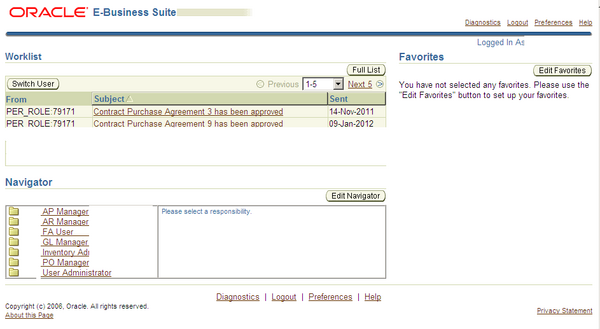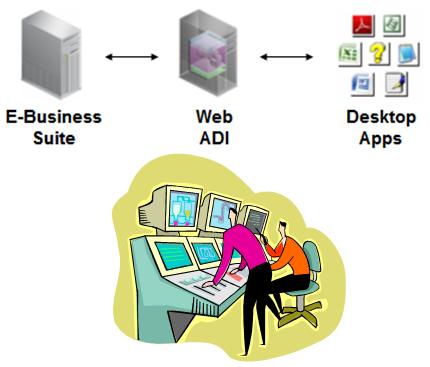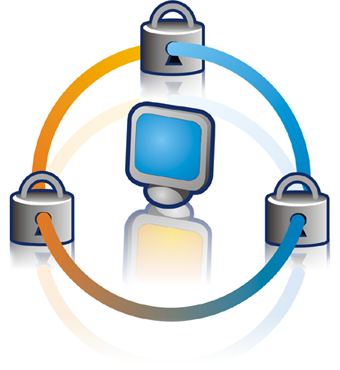Before TCA:
- There are multiple customer definitions across the enterprise.
- It was very difficult to track current and historical information about the customers.
- There was a lack of support for mixed business.
- It was quite tough to understand relationships between customers and others (suppliers, partners, competitors).
Customers: More important than anything else!
In any business, Customers and their data are always important. More than that what is important is to understand who your customer interacts with inside and outside the enterprise.
What is Trading Community?
The summation of all entities, inclusive of partners, suppliers, and competitors, that are related to your customers is called a Trading Community.
Trading Community Architecture:

Trading Community Architecture is the implementation of technology and applications to allow users to create and maintain relationships among entities. It is a way to understand who your customer interacts with inside and outside the enterprise.
It’s Main Purpose:
- Create a central repository for the entire E-Business Suite to store information relating to all members of a trading community versus separate tables for each member-Prospects, Customers, Contacts, Employees, Partners, Distributors, Suppliers, Banks, etc.
- Record complex business relationships between Trading Community entities (including 3rd party relationships).
- Support all business models, industries, and geographies.
TCA Data Model Components:
1] Party:

It represents any entity that can enter into business relationships with your organization – Organization, Person, or Group.
- Person – A unique individual (dead or alive) of interest to the user.
- Organization – A legal entity recognized by some government authority.
- Group – A combination of two or more people, organizations or groups.
2] Party Relationship:
It is a binary relationship between two parties such as a partnership.
- Has a Role – Specifies the nature of the relationship between parties (e.g., member of, contact at, married to).
- Indicates the Nature of the relationship – hierarchy or matrix.
- Indicates the Direction of the relationship – superior – subordinate.
- Can become a Party – a Relationship becomes a party in itself.

The relationship model enables you to:
- Understand the complex relationships among members of your trading community
- Use this information to make better business decisions
3] Location:
A Location is a point in geographical space described by a street address. In previous releases of Oracle, there was a risk of some data redundancy if more than one customer shared the same site or location. The new model eliminates this redundancy.
- Any number of location types can be defined. (e.g., bill-to, ship-to, mail-to).
- There is no duplication of an address.
- It is possible to maintain Customer History per address.
- It is also possible to maintain Important Install Base info.
4] Party Site:
It links a Party with a Location
- Describes the usage of that Location for the Party (e.g., mailing address, billing address, home address, etc.).
- Allows Parties to be associated to one or more Locations and any one Location to be associated with Parties.
5] Contact:
A Contact is a person in the context of an organization, modeled as a relationship between an organization and a person or between two people, (this can be either a party contact or an account contact).
6] Contact Point:
A Contact Point is a means of contacting a party, for example, a phone number, e-mail address, or fax number.
This can be applied to:
- A Party (person, organization, group or relationship)
- A Site or Location
- A Party at a Site or Location
An entity may have one or more Contact Points.
7] Customer Account:
A Customer Account represents the business (selling) relationship that a company deploying Oracle Applications has with a party.
- Stores details about the Financial relationship between a Party and your business.
- A Party may have one or more Customer Accounts.
8] Customer Account Site:
A Customer Account Site is a party site that is used by a customer account, for example, for billing or shipping purposes.
9] Customer Account Contacts:
A party contact that is used as a means of contacting the customer regarding his/her account.
Parties vs. Accounts
- From an application perspective, one of the most important things to understand about the TCA model is that the concept of “customer” is separated into two layers: The Party layer and the Account layer.
- When CRM applications refer to “Customer” they are referring to the Party Layer.
- On the other hand, when ERP applications refer to “Customer” they are referring to the Account Layer.
New Trading Entities in R12
Below are the new entities that are merged in TCA architecture in R12.
- Banks & Bank Branches
- Suppliers
- Legal Entity




Recent Comments